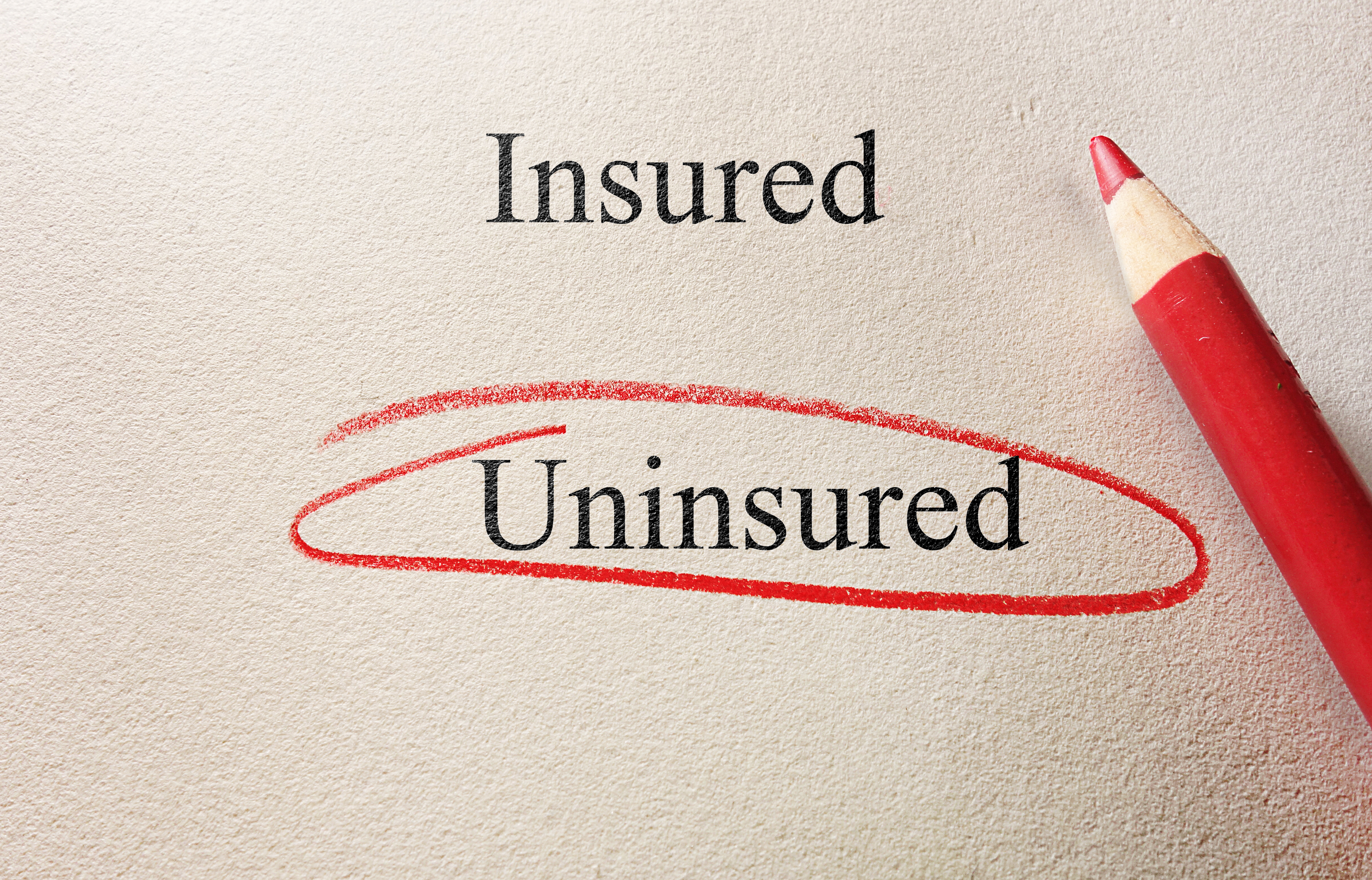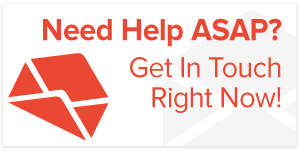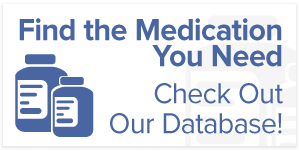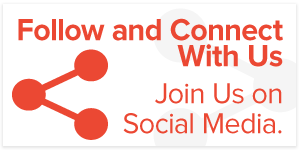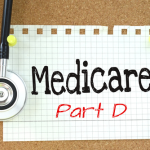Drug Company-Sponsored PAPs for Uninsured Patients
The affordability of prescription medication in the United States has been a leading public health issue in recent years. Despite the various forms of drug coverage that are offered by employers or governmental programs, many adults still have little to no prescription drug coverage. In fact, reports indicate that roughly one-third of Americans have difficulty paying for the medications prescribed to them. So, how can people with no insurance get access to their prescriptions? A number of drug-company-sponsored programs— patient assistance programs— have been built to help uninsured patients pay for their medications. But do they really work, and are they worth it?
Patient Assistance Programs
Some pharmaceutical companies offer patient assistance programs (also called PAPs) to make brand-name medications more accessible to the masses. Nonprofit clinics that cater to uninsured or underinsured individuals often utilize PAPs to get their patients the medications they need. The masses have hailed drug company-sponsored PAPs as a “safety net” for the millions of Americans who struggle with medication costs. For the most part, they work the same way as any other prescription assistance program. However, most drug company-sponsored PAPs have issues that might actually limit their usefulness.
The Application Process and Lack of Standardization
The first major drawback of drug company-sponsored PAPs is the application process. PAP applications are notorious for being unnecessarily complex and outlined in confusing ways. This is especially problematic for uninsured patients since they will likely have lower health literacy (i.e. the degree to which individuals can obtain, process, and understand basic information needed to make appropriate decisions about their healthcare).
Even the uninsured patients who go to clinics for help have trouble completing these applications. On average, applicants spend one hour on an application for a single brand-name medication, even with assistance from a clinician.
Additionally, most PAPs don’t have a standardized application process for patients who need access to multiple prescriptions. Most PAPs only focus on supplying one or possibly two brand-name drugs. This oversight is a major issue for anyone who needs medication to treat more than two co-existing chronic illnesses. Even worse, the benefits and the criteria for eligibility are often different for different medications. Overall, the current application process of drug company-sponsored PAPs is excruciatingly challenging.
The Negative Effects of PAPs on Public Drug Spending
Another major drawback of drug company-sponsored PAPs is their influence on cost-effective medication use and public drug spending. Depending on their structure, some PAPs may strong-arm uninsured patients into using a particular manufacturer’s brand-name product. Essentially, PAP beneficiaries can be tricked into favoring expensive medications even if there are less expensive and equally effective ones available.
An Overall Sense of Ambiguity
As of right now, there is very little information regarding the benefits and financial eligibility requirements of drug company-sponsored PAPs made available to the public. Even the number of people who have actually benefitted from PAP coverage remains unclear. In order for uninsured patients to better understand what they would be getting with PAP coverage, the drug companies who sponsor the programs should provide more information regarding:
- the number of PAPs available through their company
- the different benefits that each of their PAPs provides
- the eligibility criteria of each PAP
- the application process of each PAP and what it entails
- the number of uninsured patients who have successfully received their medications through their PAPs so far
This and more information surrounding drug company-sponsored PAPs will provide a better public understanding of their role in uninsured patient care.
Are PAPs Worth It?
PAPs are supposed to help uninsured patients afford brand-name medications that are otherwise inaccessible or out-of-budget. Most uninsured patients call drug company-sponsored PAPs a healthcare “safety net.” And yet, we know very little about these programs and what they’ve accomplished so far. The benefits and the number of people PAPs have actually helped so far are still unclear. Whether or not applying for a drug company-sponsored PAP is worth it is entirely up to you. Just keep in mind that you do have other options if you have little or no health insurance coverage for prescription medication.
Advocate My Meds: Prescription Drug Coverage for Uninsured Patients
At Advocate My Meds, our prescription assistance program has been helping under- or uninsured patients get access to essential prescriptions since 2012. If your coverage is lacking and you need help affording your prescribed medications, please review your eligibility here or call us at 877-596-1604 for more information.

